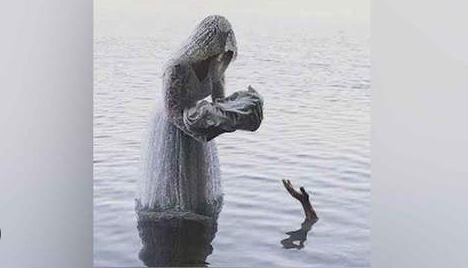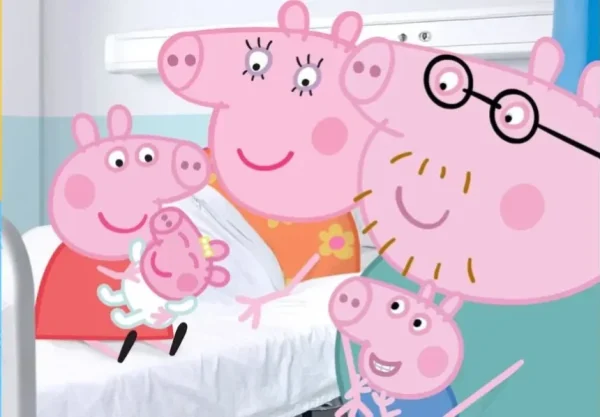The origin of Mexican legend La llorona

La llorona in the river with children.
The legend and story of La llorona has been very famous, especially in Mexican culture. Mexican parents often use the story of La llorona to scare children.
According to “Crying for Food: The Mexican myths of La llorona” by Juan Padilla, he states that “The most common lore about La llorona includes her initially being an indigenous woman who murdered her own children.” One of the earliest documentations of la llorona was traced back to Mexico City in 1550. The story or legend is about a young woman named Xotchil. She was the daughter of a peasant. She was poor but with her beautiful looks she married a rich man.
According to Margarita Martinez, who grew up in Mexico City her entire life hearing about la llorona, this is what she had to say. Xotchil had given birth to two healthy boys, but throughout the marriage her husband had become distant. He only gave attention to their children. One day she had caught her husband with a younger woman. Her husband then abandoned her, so Xotchil becoming so upset and full of anger. No one knew his name but Xotchil saw the father in her children. She took revenge against the man by drowning her own kids in the river.
According to an article on Mentalhealth.net about the physiology of anger, it states that, “As you become angry your body muscles tense up. Inside your brain, neurotransmitter chemicals known as catecholamines are released causing you to experience a burst of energy lasting up to several minutes.” So when she was so full of rage, she had no control of what she was doing. Which is where the story comes in about the woman who drowned her children and cries.
When she realized what she had done, she would cry and cry, crying non-stop for her children, regretting what she had done. La llorona, also known as the weeping woman, would wail over and over: “Ay mis hijos” or “oh my children.” Xotchil then drowned herself in the river alongside her children’s dead bodies. When she reached the gates of heaven, she was not allowed entry. Now the lost soul stays on earth, Xotchil has been known as la llorona.
According to the most famous Mexican folklore about her, she is a woman in a white dress, dark black hair and a veil covering her face. The story is to scare children so they don’t go out in the dark or be near large bodies of water so they’re not near the lost soul who roams around looking for their children and steals them instead.
The la llorona is also viewed as a goddess by the Aztecs or a stray in their mythology. According to “La leyenda de La Llorona, The Weeping Woman” from lolomercadito.com. La llorona’s origin story goes back a decade before 1551, before the Spanish came. Aztecs in the village had heard the cries of a woman saying “Oh my children where shall I take you?” When their emperor had dreams of the end of his rule, people had believed it was connected to the woman weeping. Naming her Cihuacoat, meaning the snake woman, which is a powerful archetype in Mexican culture.
According to eighth grader Kimberly Santibanez, “I was told about La llorona by my mom. She told me to make me go to bed when I wasn’t listening. The story was scary for me and it didn’t make me go to bed early. It did because I thought it was real and I couldn’t sleep. My mom told me that “The weeping woman drowned her child and she also killed herself by the same lake. Her soul became an evil spirit that would then kill other children and she’s always crying. I was scared and fascinated by the story. I was fascinated by it because the legend talks about how the weeping woman is a spirit that was evil. And she wanted to come after children when she had killed hers. Also the fact that it was made from Mexico is part of my culture, so I just found it cool.”







